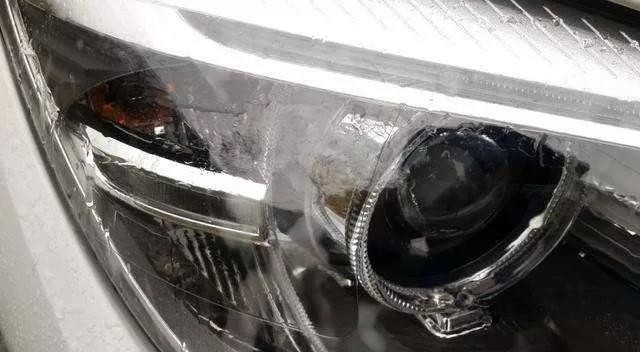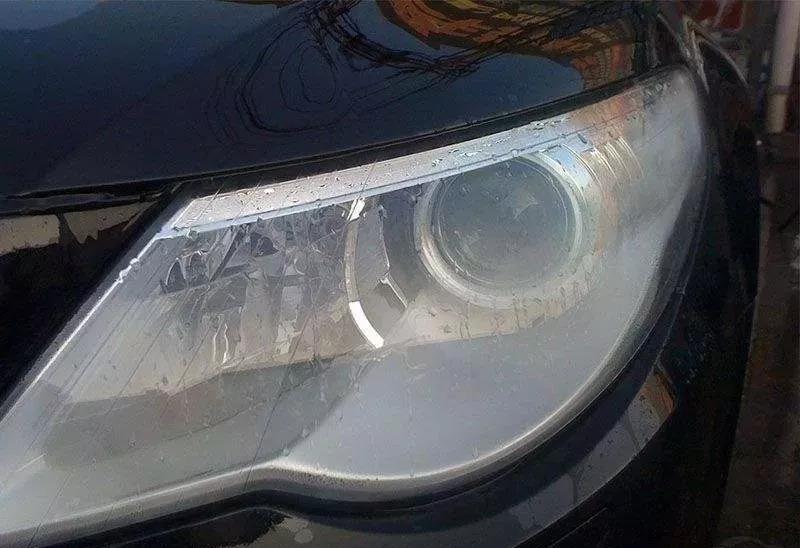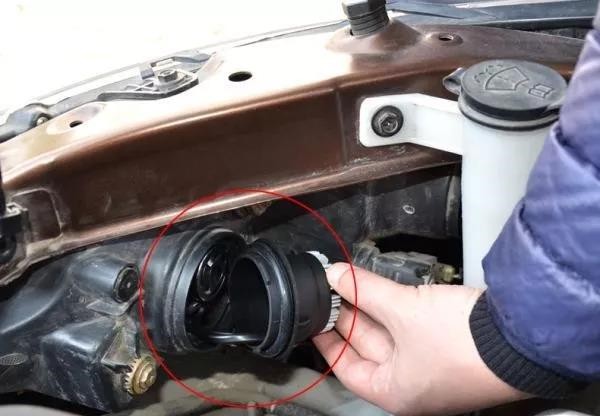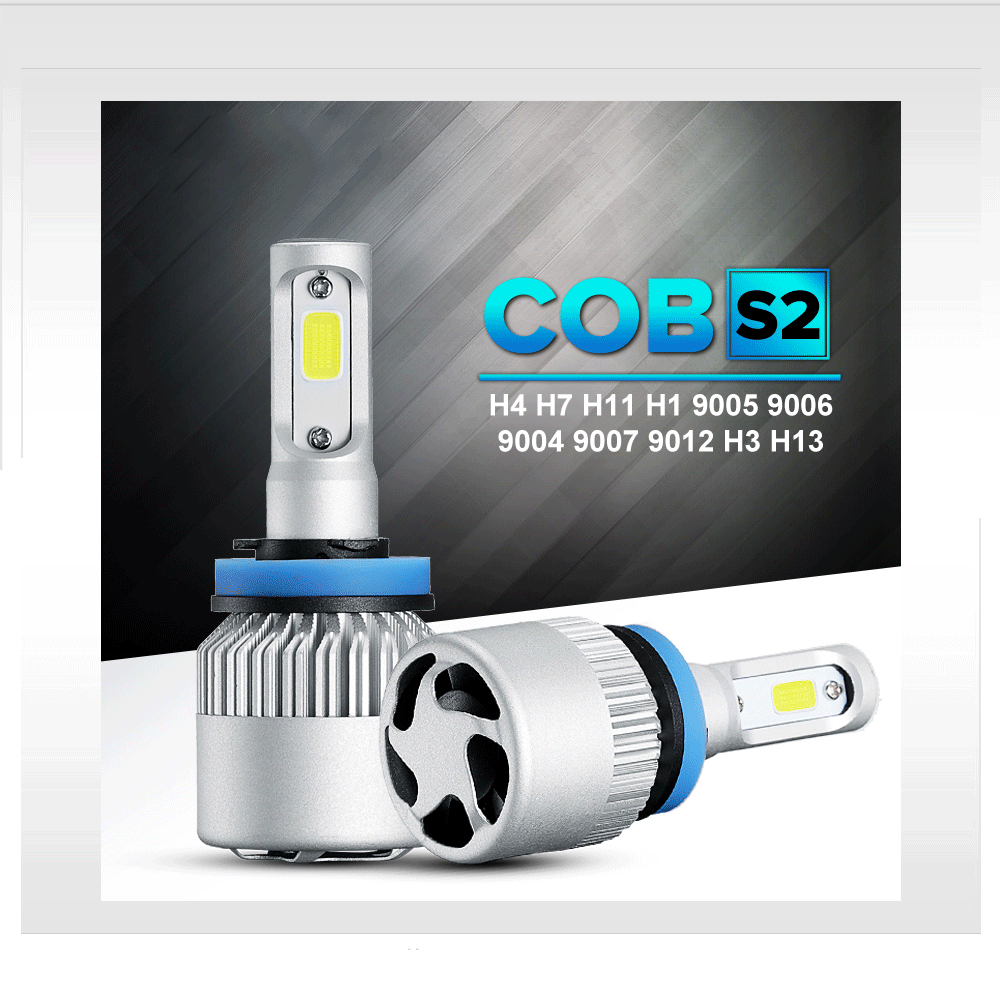
As far as the overall structure of the headlamp is concerned, whether it is a common halogen headlamp, a xenon headlamp, or a headlamp with an LED lamp group, there is a ventilation rubber tube at the position of the rear cover, which generates a large amount of heat at the moment when the headlamp is lit or even when the headlamp is in use.
The function of the ventilation tube is to discharge the heat as much as possible outside the headlamp to maintain the normal working temperature of the headlight and ensure the stable use of the headlight.
Cause of Fog in Headlamps.
Water in the air will enter the headlight through the vent pipe and adhere to the lampshade. As water vapor gathers, water droplets will flow down the lampshade.
This situation is mostly caused by large temperature difference, which is most likely to occur in winter and rainy season. After the lamp is turned on for a period of time, the fog will be discharged out of the lamp along with the hot gas through the vent pipe, which basically will not damage the headlights and electrical circuits.
In this case, do not make a move, such as baking the headlights. If you do not operate properly, it is easy to damage the headlights.

In addition to changes in the weather, human factors will also make the headlights “shed tears.”
When a vehicle wades, as the engine and exhaust system are relatively large heat sources, rainwater will form a large amount of water vapor on them, and part of the water vapor will enter the headlight along the vent pipe.
Car washing is more direct. Some car owners prefer to flush the engine compartment with a high-pressure water gun. After flushing, the accumulated water in the engine compartment is not treated in time. After the engine compartment cover is closed, the water vapor cannot be quickly distributed outside the vehicle, and the water vapor that is stuffy in the engine compartment may enter the interior of the headlight.

How to Distinguish between Water Inflow and Fog?
Under normal circumstances, many people are not very clear on how to distinguish whether headlights are flooded or foggy, and they often think that water is flooded as soon as they see water droplets. In fact, there is a way to judge whether the headlights are flooded or foggy, that is, to check the traces of water flow.
We know that when headlights enter the water, they usually enter the water from above the headlights and then flow under the headlights. This will form obvious water flow traces, similar to waterfalls. Even if the water is dry, there will be some traces, just as there will be traces on the road through which snails pass.

How?
If you see that the headlights only form water vapor below and the top is still clean, it is generally a normal fogging situation. It is suggested that you can turn on the headlights frequently and dry the water vapor inside by turning on the lights, which can be dispersed in about a week after normal use.
You can also turn on the headlights in situ at idle speed for a long time or connect the charger and turn on the headlights.
For cleaning work in the engine compartment, the cloth should be used to wipe or high-pressure air should be used to blow, so as to avoid “tide-related” of engine parts as much as possible.
If there is serious water accumulation inside the headlight, it is necessary to remove it, open the lampshade, and after drying, check whether there is any damage or possible leakage on the headlight surface. If no abnormality is found, it is recommended to replace the sealing strip and vent pipe of the headlight rear cover.

Original Factory Non-Destructive Upgrade of Electro-Optic LED Headlights!
In order to better experience LED light sources and safely install and use products, it is recommended that you upgrade electro-optic LED car headlights without damage, improve lighting coefficient and enhance road driving safety.

Vanten LED headlamps have a series of advantages such as high brightness, long-range, strong penetrating power, wide irradiation range, long service life, low temperature, low energy consumption, low voltage, fast start-up, simple installation, no need to damage and refit the original factory location, and the introduction of auxiliary lighting function in the blind area of the car head for the first time in car headlights. Escort your driving at night!
Our website: https://vanten.co.uk or https://vantenled.com


No comments:
Post a Comment